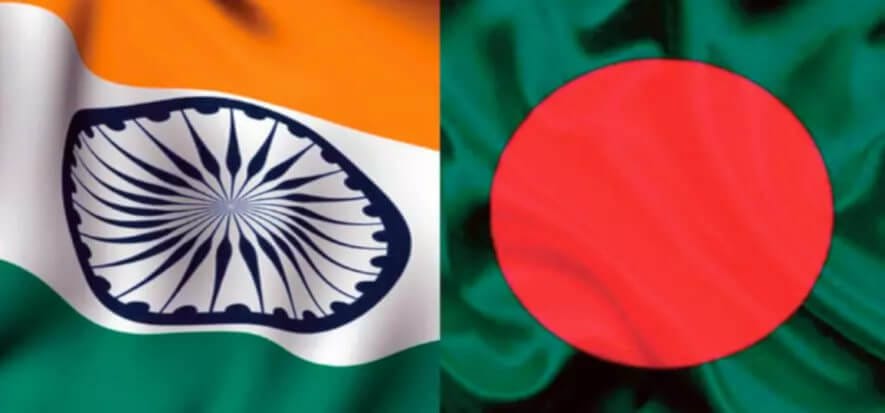The tanning segments of India and Bangladesh united by a series of challenges. A dangerous mix, given by decreasing exports, lack of certifications, plants’ positions, and the demand to reduce duties.
The market for Tamil Nadu
Let’s start with India. Here a 50% decrease in exports and internal demand for the tanneries of Tamil Nadu is underway. The drop is correlated to the increased costs of materials, including chemicals, and inflation in key markets. Those involved in the crisis are tanneries supplying finished leather to manufacturers in New Delhi, Agra, Kanpur and Kolkata, and export to the USA, UK, Germany, Italy, Emirates, China and Hong Kong.
The drop in sales was mainly caused by the two-year shutdown of nearly half of tanneries in the Ambur-Vaniyambadi region. Data from Directorate General of Commercial Intelligence and Statistics (DGCIS) and Council for Leather Exports (CLE) show that exports of leather and leather products from India to Hong Kong and Poland decreased 15% and 1.02% respectively, from 21/22 to 22/23. But according to the president of the southern region of CLE, Israr Ahamed, the inversion of the trend will come around July, at the same time as the end of the third quarter of 2023.
Savar’s delay
Meanwhile, Bangladesh Tanners Association (BTA) suggested the government transfer responsibility of the development of Savar Tannery Industrial Estate. Tanners demand the control of the new site is passed from Bangladesh Small and Cottage Industry Corporation to the Bangladesh Economic Zones Authority. The story of Savar began in 2015, when tanneries moved from the district of Hazaribagh on another area that guarantees infrastructure for water management that are adequate for international standards. It didn’t happen: the company charged with development of the water treatment plant hasn’t been able to get it working for 10 years.
Change in governance
The president of BTA, Shaheen Ahmed, stated that global brands stopped buying leather and leather goods from Bangladesh due to the lack of environmental standards. Without certifications, Bangladesh isn’t able to do business with global brands. Since 2017, the result is that tanneries are selling their leather on the cheap to China, while Bangladesh expected 12.5 billion USD in earnings from the exports of tanning goods by 2030. “To obtain the certification – said Shaheen – a good number of tanneries will need to individually install a water treatment plant. The government will need to supply political and financial support to investors”.
Read also:











